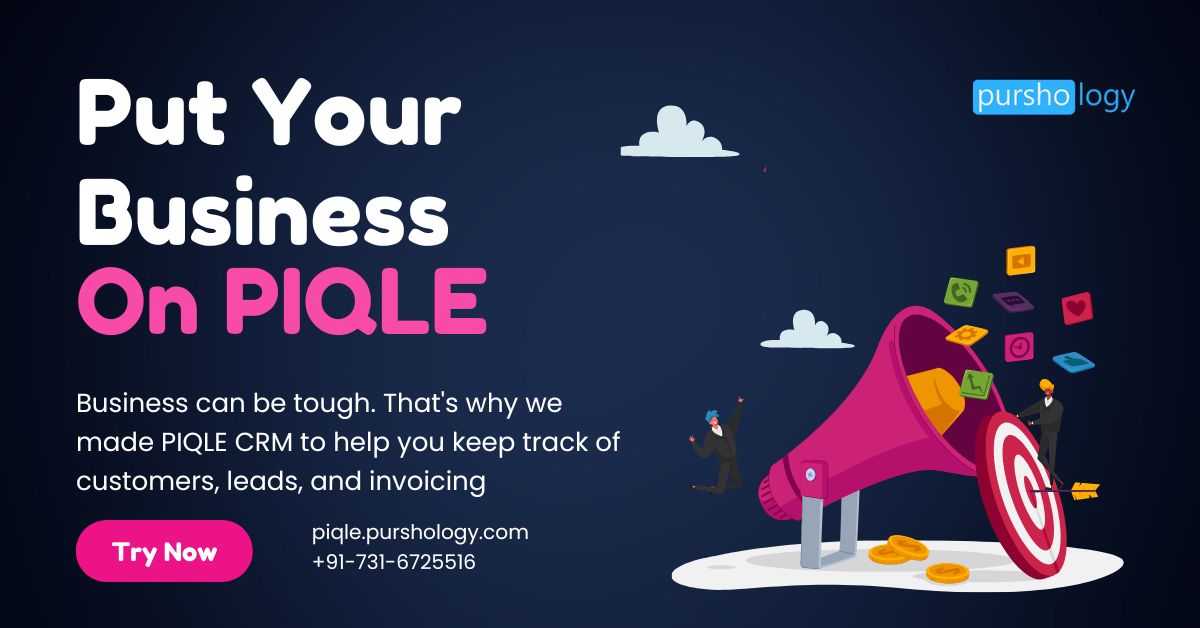You’ve heard the news, got the emails, and read the blogs. It’s no secret: automation is essential for organizational success in 2021. And that’s not just true for big, multinational conglomerates. The same can be said for businesses of any size, including lean, nimble startups like yours.
In fact, startups who automate may just succeed faster and outpace their rivals.
Take us for example. We’re Luhhu, an automation agency that helps companies implement tools like Zapier in their business. And, as you might suspect, we’ve invested heavily to automate the various parts of our business, from managing the sales funnel, to project management, accounting, and even curating content for our blog and newsletter.
The result is that we run on as close to autopilot as possible. There are no admin staff or account managers, just a team building directly for clients—and as the founder I can spend my time actively experimenting and growing the business, not fighting fires.
How can automation make your startup more competitive?
If a business wants to outperform its competitors, it has to do one or more of the following, better than the rest:
-
Continuously solve its customers’ pain points
-
Connect with consumers using compelling, relatable storytelling
-
Provide a valuable service to customers with unique selling propositions
-
Offer reliable—and readily available—customer support
-
Stay one step ahead of market changes and trends
So, looking at these points, how does automation give companies a competitive edge? By strengthening performance in all of these areas.
You can use automation to help you collect and interpret data from your customers to better understand their problems and needs. This in turn helps you craft a more compelling story and makes it easier to push that story to consumers. Automation is adaptive and fast, helping you remain agile and stay ahead of trends. It can up the speed and quality of your service and can supplement your customer support, too.
In other words, automation amplifies all of the good stuff you’re already doing.
The benefits of automating your startup
Accomplish more by doing less
This is the trumpet call of automation: Its very purpose is to accomplish work for you.
If you’re a compact startup business, then this is a game-changer. It empowers a smaller team, freeing up your time to focus on high-value tasks. It also lets you offer a customer experience that’s so consistent no one will ever guess that you’re a team of four working from spare bedrooms or dining room tables.
Automation also helps you reduce costs—the more work automation does for you, the more you can reduce your overhead. These savings can be invested back in your business: in your employees, on research and development efforts, to pay for new marketing campaigns, or anything else on your wish list.
Standardize your processes right from the start
Startups are constantly implementing new workflows, apps, and strategies. If a client asks for something you haven’t done before, chances are you’ll give it a try. Some things will work, other things won’t. And if you’re not careful, a year later you will have a scattered, disorganized workflow that’s impossible to review.
Because automation platforms like Zapier can integrate with just about anything, they go a long way towards standardizing your workflow. Need to Frankenstein two different apps together to create a complex process for funneling customers? Automation makes this easy and structured right from the get-go.
Reduce errors and increase scalability
Repeatability is one of automation’s strengths. Automation will perform the same task every time without change. That means no more typos, miscounts, or any other sorts of human errors.
Automation is also great for improving your business’s scalability. It empowers a small crew of staff to mimic that of a much larger team. It does so by taking a big chunk of the work and handling it for you—allowing you to scale your company in a way that doesn’t stress you out.
Here are a few examples:
Become a competitive player in your industry
Ah yes, the killer benefit we’re all here to discuss: automation helps you become one of your industry’s most valuable players. It allows you to do things that the bigger, more established companies in your space are doing, and it makes you far more capable than your peers.
Once you start to implement automation into your workflow, your rivals are going to have to start playing catch-up. And that’s a great position to be in.
4 ways automation boosts your competitive advantage
Are you ready to gain competitive advantage and invest in automation? We thought you might be.
Here are four simple automations that you can implement right now—no waiting around. They’re all low-investment and offer big returns, so even adding just one of these to your workflow will start to move the dial.
Support your customer support with a chatbot
Chatbots are omnipresent in customer support and very easy to implement. But don’t let that fool you—customer service chatbots can go a long way in strengthening your startup’s CX.
When automated, a chatbot can resolve lots of common support concerns (returns, order tracking, subscription updates, FAQs, etc.) without any human interference. That’ll help your CX team to address customer questions that really do require a personal touch.
How to start using a customer support chatbot:
-
If you aren’t using one already, you’ll want to start by choosing a chatbot builder. These services have chatbot templates ready and waiting for you.
-
Once implemented, make sure that your chatbot is easily accessible. A floating button across your website and a dedicated chatbot space on your “Contact Us” page is a great basic setup.
Here are a few ways to get started with Zapier:
Survey your customers to improve your marketing accuracy
The customer knows best, but do you know what your customers know?
Surveys, polls, and questionnaires are all voluntary means of data collection—and each of them can be automated. You’ll benefit from hearing exactly what your customers’ pain points and experiences are, and they’ll benefit from the opt-in nature of automated surveys.
How to start using automated surveys:
-
There are tons of great survey and polling platforms out there. If you can’t decide on one, just go with Google Forms.
-
Once you’ve picked one, you can add a link/button to the survey on targeted areas of your website (checkout pages, order received pages, etc.).
-
You can also use a platform like Zapier to automatically send out surveys via email to long-time customers, new customers, customers who ordered from your shop “X” days ago, etc.
-
Additionally, you can store survey feedback in Google Sheets or Airtable, using Zapier to automate the process.
Here are a few Zaps to start with:
CALLOUT: Refer to feedback loops
Capture leads with automation
Capturing leads takes time, organization, and efficiency—the faster your sales pipeline, the more sales you’re going to make. But yep, you guessed it, automation can help you out.
How to capture more leads automatically:
-
To capture leads using automation, you need to link the sources of your leads to your CRM of choice using an automation platform.
-
For instance, you might store Google Forms responders as leads in HubSpot, or Unbounce form submissions as Zoho contacts.
-
Once you’ve stored that customer in your CRM pipeline, you can start funnelling them through various pieces of marketing, connect them to a sales rep, and land the sale, all while only putting a human to work at the end of the process.
Here are a few ways to get going:
CALLOUT: Refer to lead generation and lead tracking
Stay in the loop with a curated news feed
The most dangerous competitors never take their eye off the marketplace. But in a fast-paced, everyone-get-stuck-in startup environment, there’s not a lot of leisure time for kicking back with a newspaper. So let’s harness the power of automation once more…
How to use automation for industry insights:
-
You can use Zapier to bring RSS feeds to your attention. Just connect RSS feeds from your news sources of choice (Flipboard is a great tool for this) to your email and receive the latest news automatically. Here are directions on how to turn any website into an email newsletter.
-
To simplify things even more, you can use apps like MakeMySummary (available on Zapier) and SMMRY (offers an API) to shorten articles in your RSS feed, allowing you to skim read business news on the fly.
How do I get started?
These four workflows barely scratch the surface of what makes automation so potent. To be competitive, you should be periodically checking in with your workflows and looking for automation opportunities. Eventually, you want automation to be a habit—not an exception.
Learn more about automation on my blog at Luhhu or read more from Zapier. If setting this up yourself isn’t your thing, you can even turn to consultants, like the Zapier Experts, who specialize in business process automation.
The most important thing, though, is to get started.
Andrew Davison runs Luhhu, an automation agency and Certified Zapier Expert. They help clients set up automated workflows to improve efficiency.
Need Any Technology Assistance? Call Pursho @ 0731-6725516





